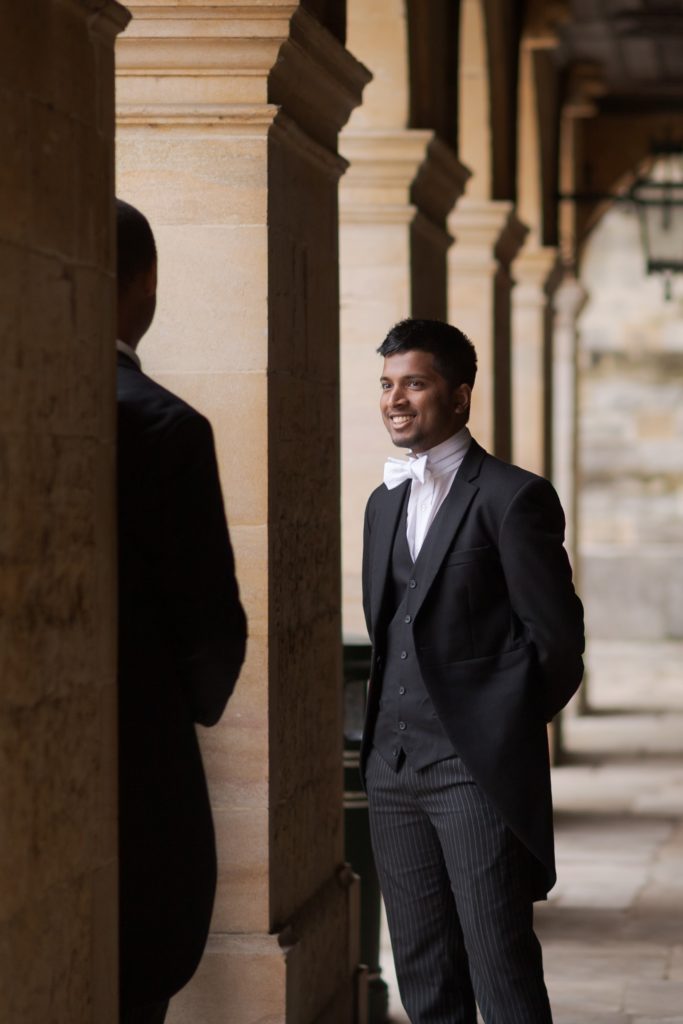Professor Price began by expounding two models of time: the dynamic model which postulates that all that exists is the present moment; and the block universe model which conceives of the past, present and future as equally real and existing simultaneously. The latter has been the most popular amongst physicists. For example Boltzmann suggested that statistically the universe will remain in a high entropy state because of the second law of thermodynamics. Nevertheless occasional fluctuations will cause entropy to reduce (just as a randomly shuffled deck of cards will occasionally become ordered). The direction of time as we perceive it is not objective but is instead merely the result of the particular way in which the mind operates.
However, Eddington believed this view was incomplete as it failed to explain our conscious perception of time's passage. He posed a challenge to his opponents: if you don’t believe physics operates from past to future then can you explain the universe in terms of the movement of time from future to past?
This challenge can be met in two ways. Firstly we can consider the universe from other perspectives. Past and future may be similar to up and down – subjective experiences derived from specific local conditions. Our local universe may be part of an overall time-symmetric universe (similar to the 'up' symmetric planet). A similar approach involves viewing the universe from a sub-statistical perspective (although this faces problems from the time-asymmetric nature of current quantum mechanics). Despite this, Eddington’s challenge still matters as it highlights the parallels between physics and philosophy as well as certain problems in current physical models of the universe. Questions addressed – amongst other things – free will, the principle of induction and the problem of Boltzmann’s brains.
Ben Evans PBS



